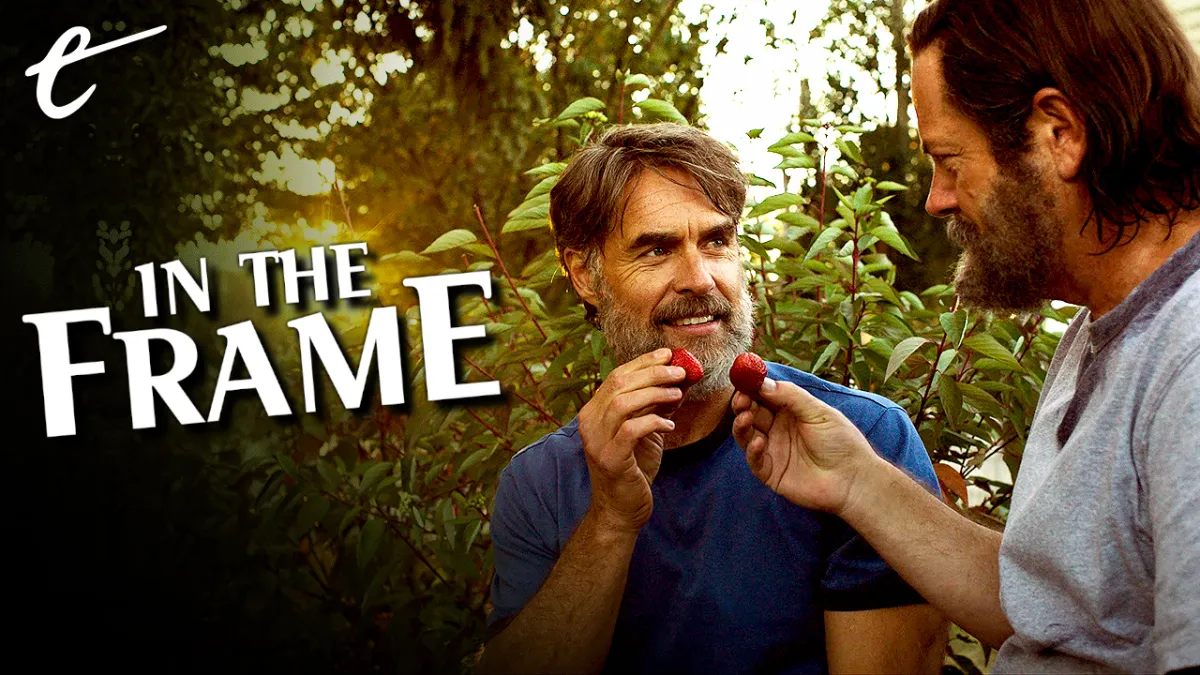The third episode of The Last of Us broadcast on Sunday, to near universal acclaim.
Don’t just take our word for it. Critics rushed to shower praise on “Long Long Time,” an episode that took a swerve away from the show’s credited leads Joel (Pedro Pascal) and Ellie (Bella Ramsey) to focus on two one-shot guest characters, Bill (Nick Offerman) and Frank (Murray Bartlett). While Victoria Ritvo at Slate called it “a masterpiece in its own right,” Charlie Calver argued at GQ that it made a case for The Last of Us as “the next great television masterpiece.”
At The Guardian, Andy Welch made the bold prediction that he had just watched “the single best episode of TV that will be broadcast all year” — a remarkable assertion for an episode broadcast in January. Naturally, there were some interesting criticisms of “Long Long Time.” At Vulture, Jackson McHenry complained about its “obvious and sentimental storytelling.” At Prime Timer, Juan Barquin critiqued the episode as “an explicit attempt to court praise.”
Of course, taste is subjective. Mileage varies and doctors differ. Nevertheless, there has been a curious refrain from some online fans about “Long Long Time,” who took exception to The Last of Us shifting its focus away from Joel and Ellie in favor of two minor side characters. Indeed, the end of “Long Long Time” reveals that Bill and Frank died before Joel left Boston, and so they have no role to play in the show going forward. As such, some fans argued that “Long Long Time” was just “filler.”
It is worth pausing to define the term “filler.” It is a word that originated in a very specific context, but which has grown so all-encompassing that it’s helpful just to revisit its roots. “Filler” originated in criticisms of anime, as “the term for non-canon content used to pad out anime adaptations until there’s enough of the original manga source material to animate again.” It would allow the teams adapting manga into animation to “stall for time” while the creator finished the original work.
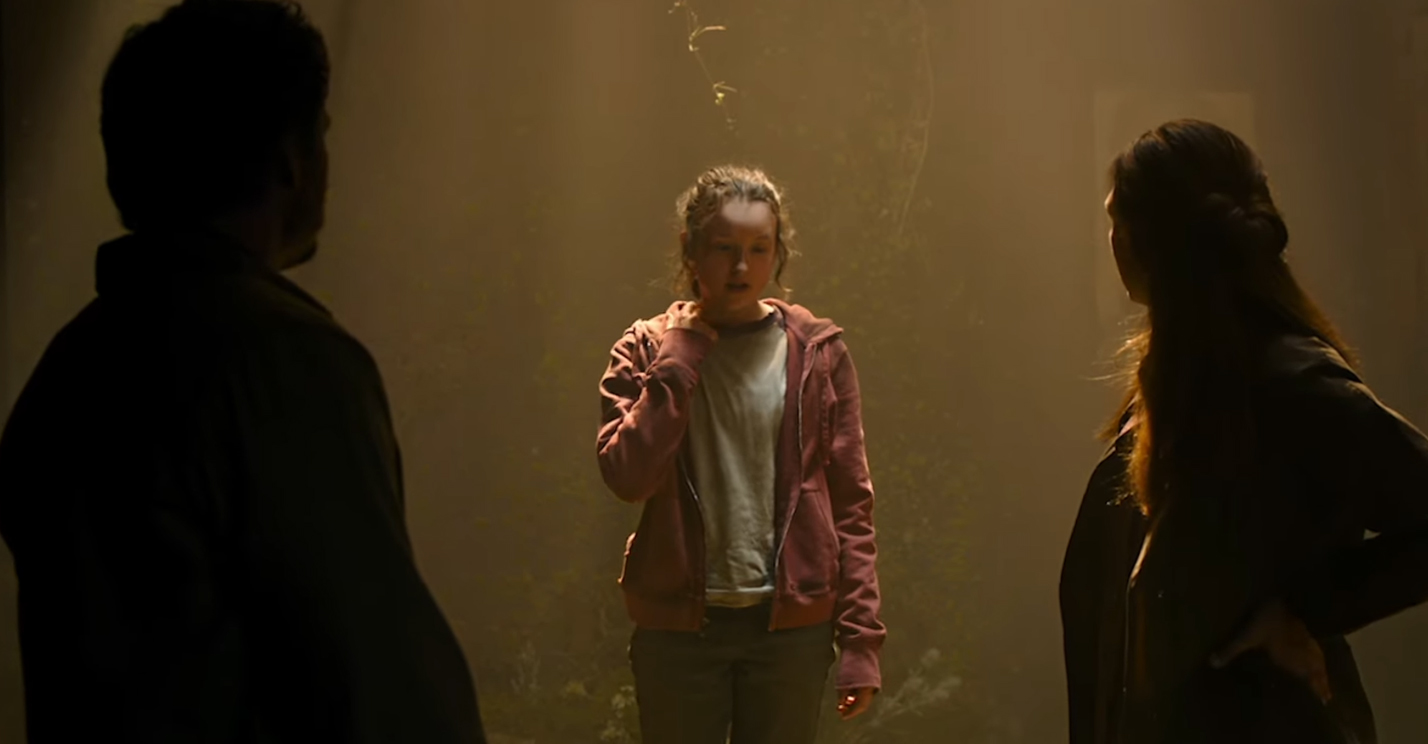
Obviously, that exact definition does not apply here. The Last of Us is a finished game. In fact, it is so finished that it has produced not only a sequel but two remastered releases. However, the context has broadened the definition of “filler” to apply to episodes of a largely serialized show that do not advance the overarching narrative in a very linear way. It is the narrative equivalent of a holding pattern, a delaying tactic that serves to prolong the experience and keep the conclusion out of reach for just a little longer.
According to these fans, “Long Long Time” did not represent a clear progression for Joel and Ellie following the events of “Infected.” The pair did not advance towards their stated goals in any meaningful way. Joel is not meaningfully closer to reuniting with his estranged brother Tommy (Gabriel Luna) in Wyoming, and Ellie is no nearer to the Firefly research base that will hopefully be able to harness her natural immunity to fungal infection to develop a vaccine or cure.
By this logic, the only thing that Joel and Ellie “get” by the end of “Long Long Time” is the truck that they take from Bill’s garage. While that is a fairly important resource for a pair of travelers hoping to cross the continental United States, there were any number of ways that The Last of Us could have given Joel and Ellie access to a vehicle. Many of those alternatives would have given Joel and Ellie greater agency, while keeping Pascal and Ramsey on screen. That is the crux of the argument here.
The Last of Us is not the only prestige television series to face accusations of “filler.” On Breaking Bad, one of the accusations leveled at more self-contained episodes like “Fly” was that they were “filler.” Its prequel series, Better Call Saul, faced similar accusations with “Nippy.” Any time that a serialized television show slows down to tell a story that isn’t necessarily hotwired to the driving plot of the larger series, the accusation of “filler” is lurking somewhere on social media.
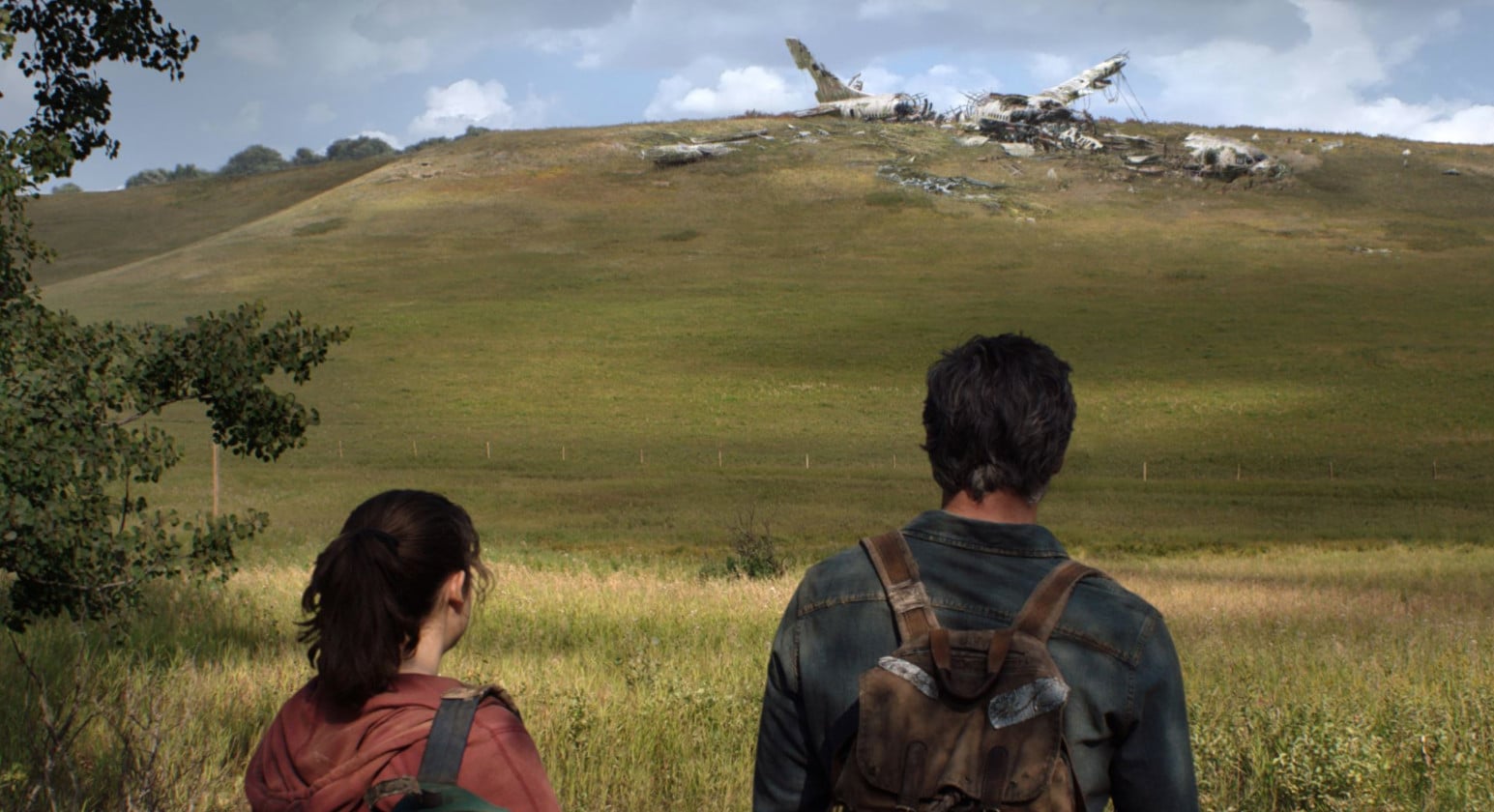
In some ways, this is a reflection of how the model of modern media consumption has served to narrow the audience’s understanding of storytelling, much like the focus on intellectual property has turned every minor detail in a blockbuster into an Easter egg hunt. In the modern age, audiences have been conditioned to consume media in a very particular way, within a very narrow framework, that often loses sight of how storytelling actually works.
As with the modern fixation over spoilers, criticisms of “filler” suggest the primacy of plot ahead of every other component of storytelling. In some ways, it’s a product of the “binge” and “streaming” age, where the objective is not so much to appreciate or enjoy a work of art, but to reach the end as efficiently and effectively as possible. This is the appeal of devouring eight-episode seasons in a single sitting and why some viewers love the ability to watch streaming shows at increased speed.
It’s an approach to television that overlooks the medium’s history and structure. It is the logical endpoint of treating a television season as “a six-hour movie,” where entire episodes can be stripped out to make the end result leaner. It ignores the importance of the episode as a narrative unit unto itself, which tends to happen when entire seasons are released online as single objects. As critic Alan Sepinwall noted, it’s difficult to imagine a streaming show doing an episode like “Long Long Time.”
Of course, modern streaming is starting to look a lot more like television, acknowledging the commercial and artistic strengths of the medium. Certainly, it is hard to imagine HBO’s recent successes like House of the Dragon or The Last of Us grabbing the zeitgeist in the way that they have if not for their weekly release model. After all, both House of the Dragon and The Last of Us grew their audiences week on week. These are not shows built for binging, and they are the better for it.
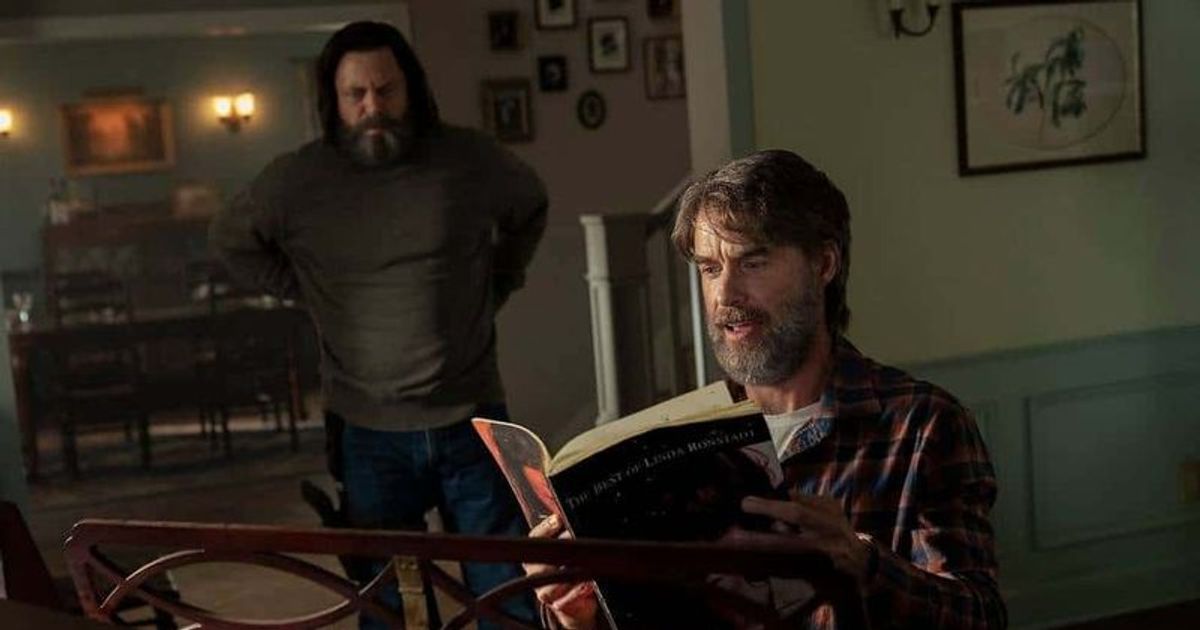
Something obscured by this obsession with binging and spoilers is that plot isn’t really all that there is to storytelling. Stories are not just things that happen. They are not “gossip about imaginary people.” As Roger Ebert was fond of pointing out, “It’s not what a movie’s about(;) it’s how it is about it.” In any form, stories are more than just Wikipedia summaries or collections of plot points. They aren’t measured in miles to Wyoming or the progression of a percentage complete bar.
The Last of Us is a story set at the end of the world, in which a fungal infection has turned large parts of the population into rampaging monsters. It focuses on two characters, a veteran smuggler and a young teenager, who have to cross that wilderness. It is, to a certain extent, about those things. However, it’s also about a lot more than just those particular elements. It is a story about love, about family, and about masculinity.
It is something of a critical cliché to argue that pieces of media “teach us how to watch them.” However, there is truth to it. A good film or a good television show explains itself to the audience in terms that they understand, consciously or otherwise. It explains the world in which the story is set, the characters who inhabit the story, and what kind of story this is supposed to be. There are any number of ways to do this, and many of them are subtle.
The first two episodes of The Last of Us do a lot of explaining to the audience. They explain who Joel and Ellie are. They explain how the world ended. They explain how the fungal infection spreads. They explain what life is like for most people in the wasteland. They explain how Joel and Ellie end up traveling together, in terms of basic plot function. It’s all very functional, but at the end of those two episodes, the audience understands the rules of this fictional world.
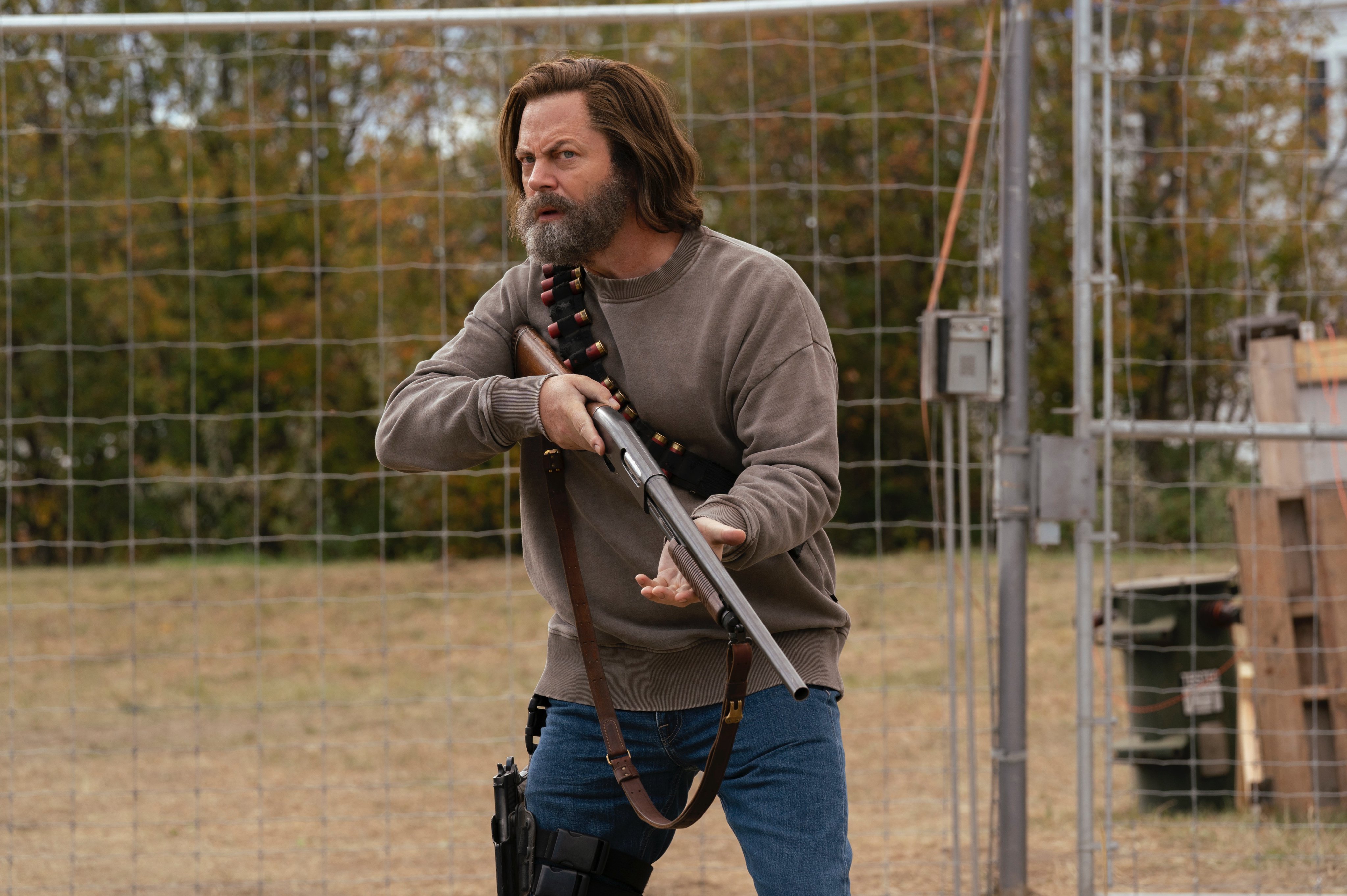
Far from being “filler,” “Long Long Time” is fundamental to understanding what The Last of Us is actually about. The third episode of a nine-episode season, “Long Long Time” marks the point where The Last of Us has worked through all of the logistical and mechanical concerns. Now it can focus on what is actually important. Bill and Frank might never meet Ellie, but they are key to the audience’s understanding of Ellie’s story and her relationship to Joel.
To put it simply, “Long Long Time” plays out The Last of Us in miniature. Bill is a lonely and paranoid survivalist. He has learned to thrive in this post-apocalyptic hellscape. However, a chance encounter with Frank radically alters his life. The two of them fall in love. They decide to build a life together. Bill discovers that there is something more meaningful than his own self-preservation. In Frank, he finds joy and happiness. He gets to live, not just survive. He finds purpose. The two have a beautiful life.
This is important to the audience’s understanding of The Last of Us and of the relationship between Joel and Ellie. Joel is a man like Bill. He is cold, ruthless, and has the killer instinct to survive. However, he has walled himself off from other people. At the end of the episode, Joel gets a letter from Bill imparting that lesson to him. Joel needs to find something to love and protect, something that gives him purpose. The obvious inference is that it’s Ellie.
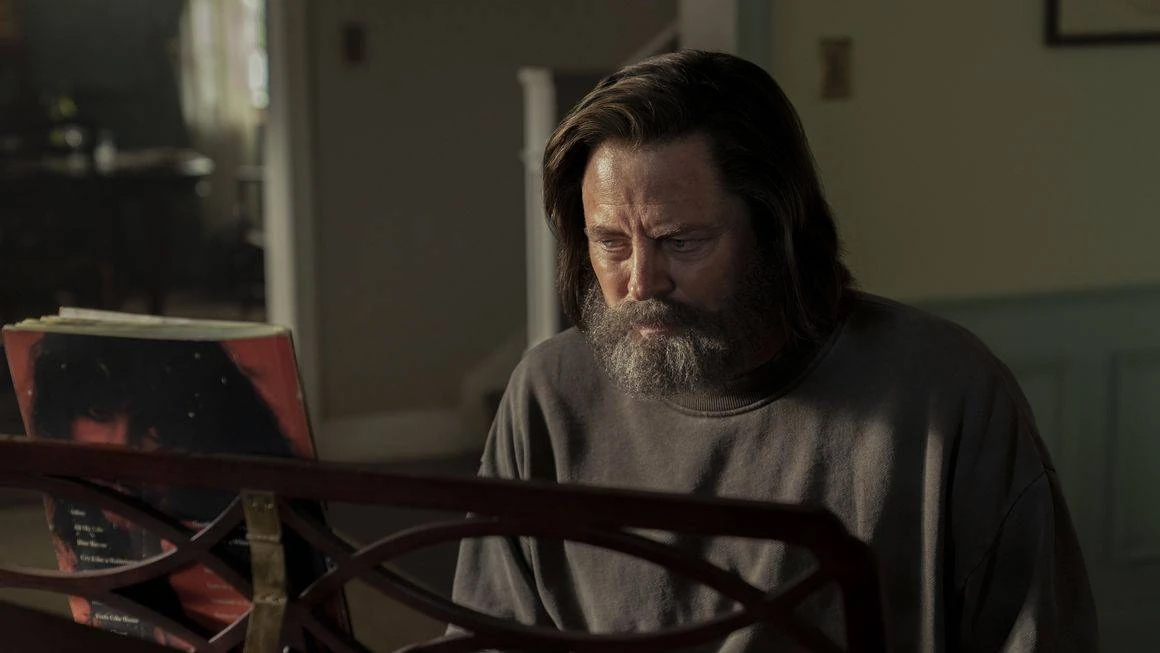
This is hugely important to the story of The Last of Us. In terms of character dynamics, it provides an emotional justification for Joel to stay with Ellie. The first two episodes offered plot justifications but gave Joel little reason to actually care about Ellie. Seeing Bill and Frank form a family together, the emotional stakes for Joel and Ellie become a lot clearer. They could be a family. These stakes are less concrete than Joel finding Tommy or Ellie finding a cure, but they are real and important.
Bill and Frank offer a vision of what “happily ever after” might look like for Joel and Ellie: a reconstructed family unit built on actual love. However, there’s more to it than that. Bill loves Frank, but he’s also able to get past his own possessiveness and paranoia, to trust and respect Frank’s decisions. Crucially, at the end of the episode, Bill’s love for Frank means being able to let him go. “Love me the way I want you to,” Frank implores Bill.
That’s the hook. Can Joel bring himself to love Ellie? And if he does, will it be the pure love shared by Bill and Frank, or closer to the possessive co-dependency of Cordyceps? That’s more than just filler. That’s the heart of the show.

